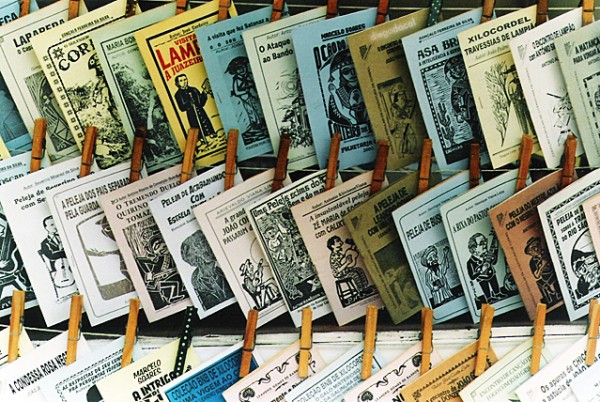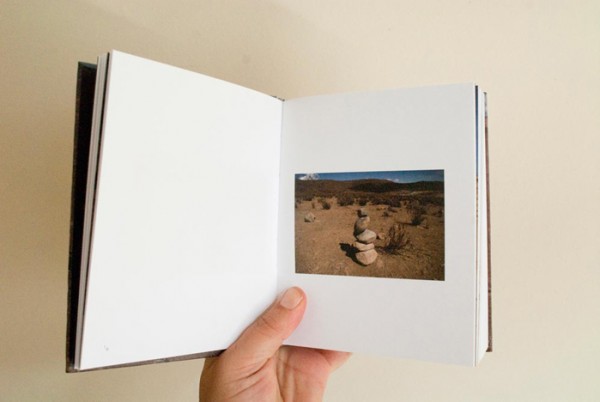Amidst efforts to promote the recognition of photography as an artistic practice, the medium has turned to alternative legitimization circuits, and found in the object of the book one of its primary sources of experimentation and innovation. The curator and collector, Yannick Bouillis recalls: “There has been a restricted number of spaces for photographers to exhibit their work and the book quickly became the primary venue for photography. As a result of this lack of spaces and the restrictions of commercial assignments, many photographers came to perceive the book as the most important output for their work. This is obviously part of photography’s way of organizing itself, generating its own validation process.”
Scenarios, strategies and possibilities for self-publishing in Latin America (2012)
Study presented at the Helsinki Photomedia Conferennce 2012
Participating artists | Modo Bulb (Brazi), Victor Sira (Venezuela/ USA), João Castilho (Brazil), Eduardo Hernandez Santos (Cuba), Erik Van der Weijde (Brazil/ Netherlands), Mina Bárcenas (Mexico)
Especially during the last decade, a growing number of studies and initiatives related to photo-books came about, from historical revisions to fairs and festivals, all created to promote alternative networking platforms. At the root of this reevaluation movement, there are a number of publications on the subject, including The Book of 101 Books: Seminal Photographic Books of the Twentieth Century (2001) by Andrew Roth, The Photobook: A History (2007) by Martin Parr and Gerry Badger. In addition, Horacio Fernandez’ The Latin American Photobook, launched in 2011, came to fill a lack of studies about the continent’s editorial production.
Differently from the historical perspective adopted by these previous studies, we intend here to address contemporary initiatives related to photography self-publishing in Latin-America: mapping its networks, understanding its economical viability and investigating development strategies for the future. The idea is to focus on the impact of self-publishing on creative production and on the extension of the artist’s experience, taking into account the dissemination capacities of printed media and the permeability of these editorial practices in the social fabric.
In a time when the exchange channels for artists and editors became more fluid and inter-connected—to a great extent, thanks to the web—we ask: how can these emerging practices in image-making contribute to the local scene and, at the same time, be able to dialogue with more global initiatives?




